Skin radiance, or commonly called "glowy skin" is a fundamental feature of a youthful, healthy-looking skin. Light reflection from the surface of smooth skin determines radiance.
Radiance fades as the rate of epidermal cell turnover slows with age. The most upper layer of the skin--stratum corneum--and follicles become clogged with dead keratinocytes, overall collagen and elastin content decrease, creating a rougher skin surface, and giving the appearance of rough, dry skin, increased pores, and poor light reflection.

Light reflection on regular and irregular surfaces
Skin's smoothness (achieved through exfoliation), skin's hydration level, and underlying redness/inflammation are all contributing factors in achieving a glowy skin.
Exfoliation
Exfoliation is the removal of excess corneocyte deposition by chemical or physical techniques, which increases cell turnover and results in a more polished, smoother, translucent surface.
Mechanical and chemical exfoliation are the two most common ways for at-home exfoliation. Mechanical exfoliation involves physically removing dead surface skin cells with a tool, such as a brush or sponge, or a scrub. Chemical exfoliation loosens dead skin cells by using chemicals like hydroxy acids and fruit enzymes.
Hydroxy acids (AHAs) such as glycolic, lactic, and malic acids, as well as salicylic acid are often used chemical exfoliants. Polyhydroxy acids, such as lactobionic acid and gluconolactone, have recently been introduced to the market. These acids are better tolerated due to their higher molecular size. They also act as antioxidant chelating agents, absorbing free radicals produced by UV exposure and strengthening the skin's barrier function.[1] Mandelic acid is another option for exfoliating delicate skin gently.
Mechanical exfoliation is not recommended by us since it induces an immediate desquamation, which in some cases can produce a temporary disruption of the skin barrier, resulting in increased transepidermal water loss.[2]
Skin's Hydration Level
Just like a dried up ground/dirt, dry skin have more cracks and an overall more uneven skin surface than a moisturized skin. When the skin surface is more even, the skin becomes more translucent, and therefore more glowy.

This phenomenon can also be demonstrated by the translucent tiles below. The tiles represent skin surface; it's only when the tiles are aligned in an orderly fashion the text underneath them can be seen. When the skin surface is plump and moisturized, the skin will naturally look more translucent and glowy.

Left: Tiles out of order (representing a dry skin surface), right: tiles in order (representing a moisturized skin surface)
Skin's Inflammation Level
Damaged barrier, the skin's hydration level, and skin redness/inflammation level are all inter-connected. If the skin is in an inflamed state, the barrier could very well be compromised, leading to a dry and flakey skin surface that does not reflect light evenly. The cycle of inflamm-repair can be seen by the below diagram.

Incorporating anti-inflammatory ingredients into your skincare routines, such as oat, green tea, and cica. Using a gentle, soap-free cleanser can help to reduce skin inflammation and prevent barrier damage. When the skin is better at retaining moisture without looking red, a more glowy and dewy appearance will naturally appear.
How To Get Glowy Skin
Make-up
Makeup is the most obvious and easiest choice to achieve glowy skin. The silicones and other film former or fillers in primers, moisturizers, and foundations help to fill in the uneven pores and rough skin texture, creating a smooth skin surface for light reflection. Certain ingredients such as mica and silicones can also reflect and refract light rays better, creating a blurred, glowy appearance.

Mica under microscope - large surface area help mica reflect more light
Exfoliation, Hydration, and Reduce Inflammation
A healthy, hydrated, and smooth skin surface is the fundamental factor to a glowy skin. We can work towards this by implementing a skincare routine that targets exfoliation, hydration, and exfoliation.
Something to keep in mind is that there are other factors which influence skin health, such as smoking, alcohol consumption, stress and environmental damage. Consider changing lifestyle to have an improved overall skin health.
Product(s) to Consider
EqualRXN Oat Milk PHA Serum ($28 USD / 30 ml)
Oat Milk PHA Serum is the ultimate glow generator. Containing 5% premium PHA - lactobionic acid, this milky serum quickly boosts water retention, locks in moisture, and gently exfoliates to give a more refined, even, and glowy skin complexion without any irritation. Oat milk and snow mushroom polysaccharide repairs, reduce redness, and gives the skin a more plumped appearance. Oat Milk PHA Serum contains ingredients that target all 3 mechanisms for the recipe of glowy skin:
Exfoliation: 5% lactobionic acid at an effective pH range (3.6)
Hydration: snow mushroom polysaccharide, beta-glucan, 4 types of seed butters, glycerin
Anti-inflammation: 2% oat milk complex, beta-glucan, saponins
References
[1] Green BA, Yu RJ, Van Scott EJ. Clinical and cosmeceutical uses of hydroxyacids. Clin Dermatol. 2009 Sep-Oct;27(5):495-501. doi: 10.1016/j.clindermatol.2009.06.023.
[2] Rajan P, Grimes PE. Skin barrier changes induced by aluminum oxide and sodium chloride microdermabrasion. Dermatol Surg. 2002 May;28(5):390-3.

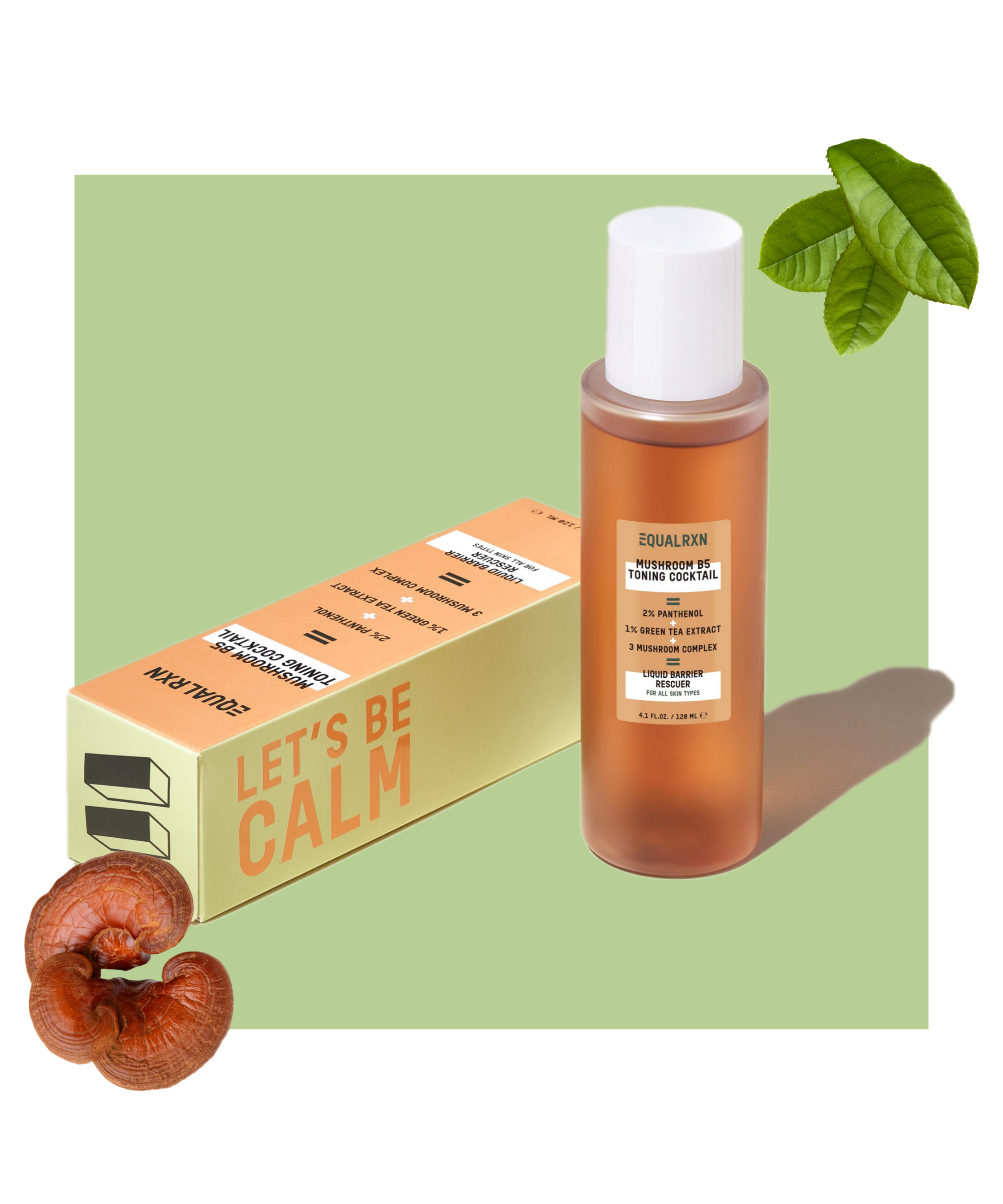
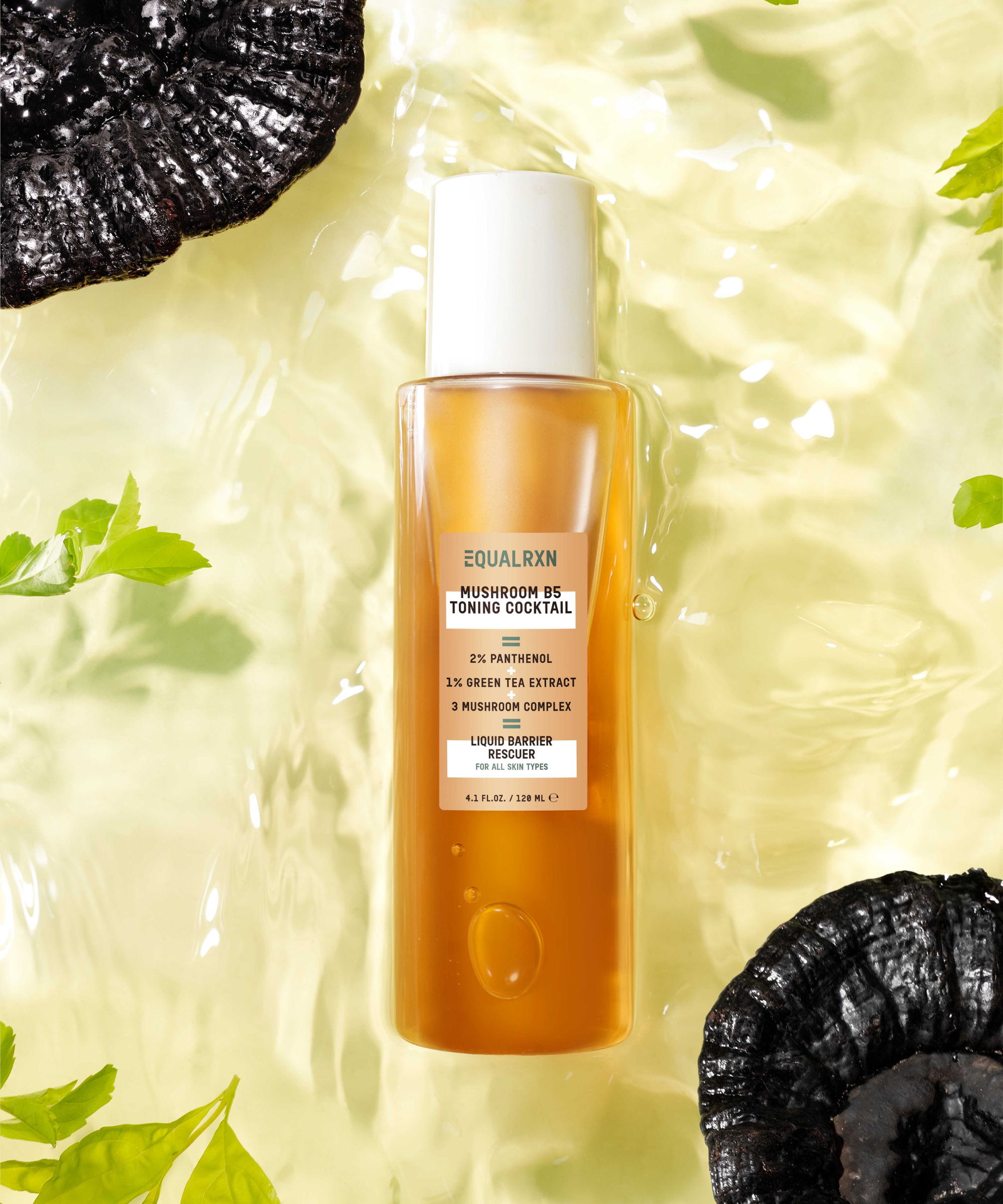
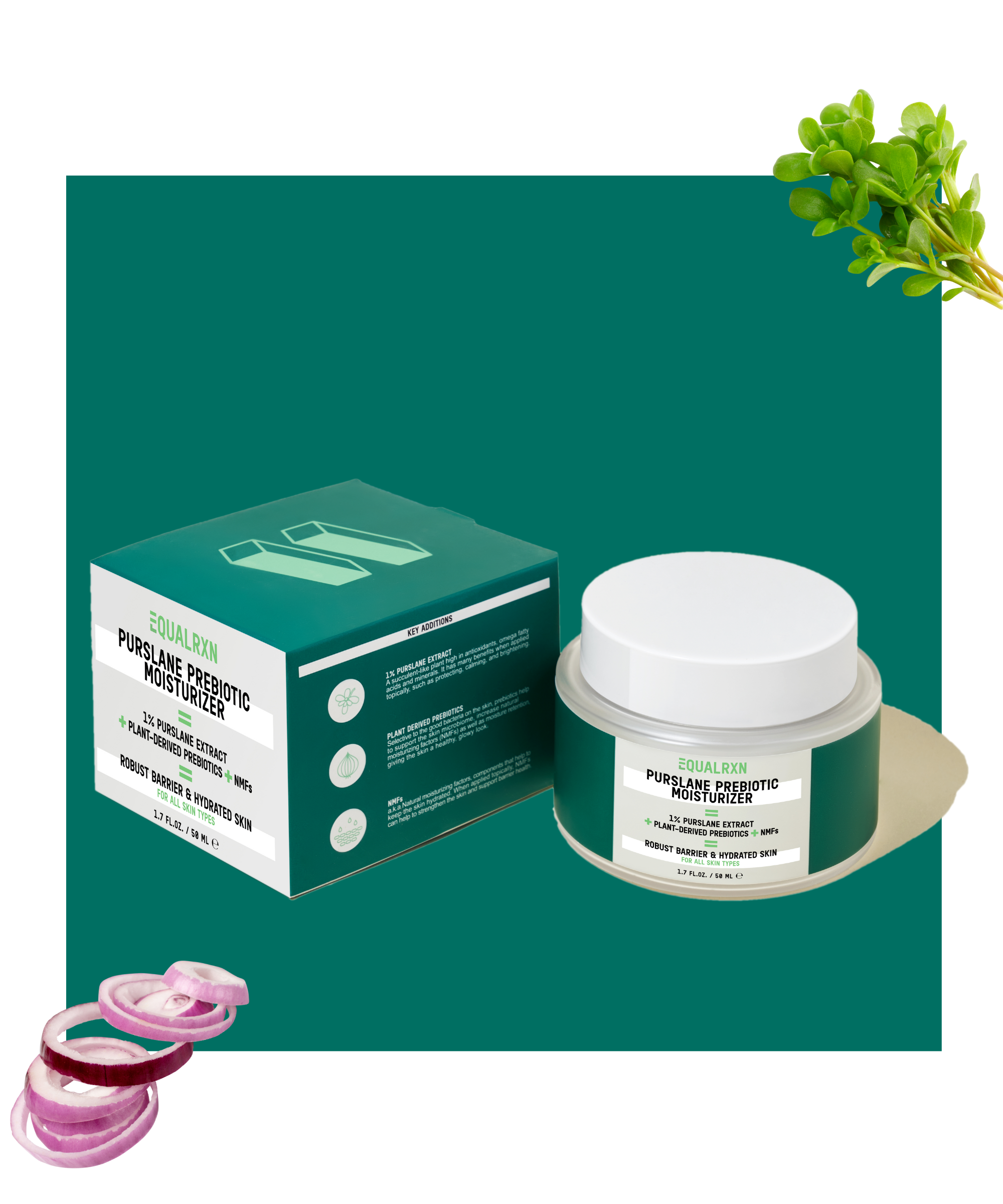
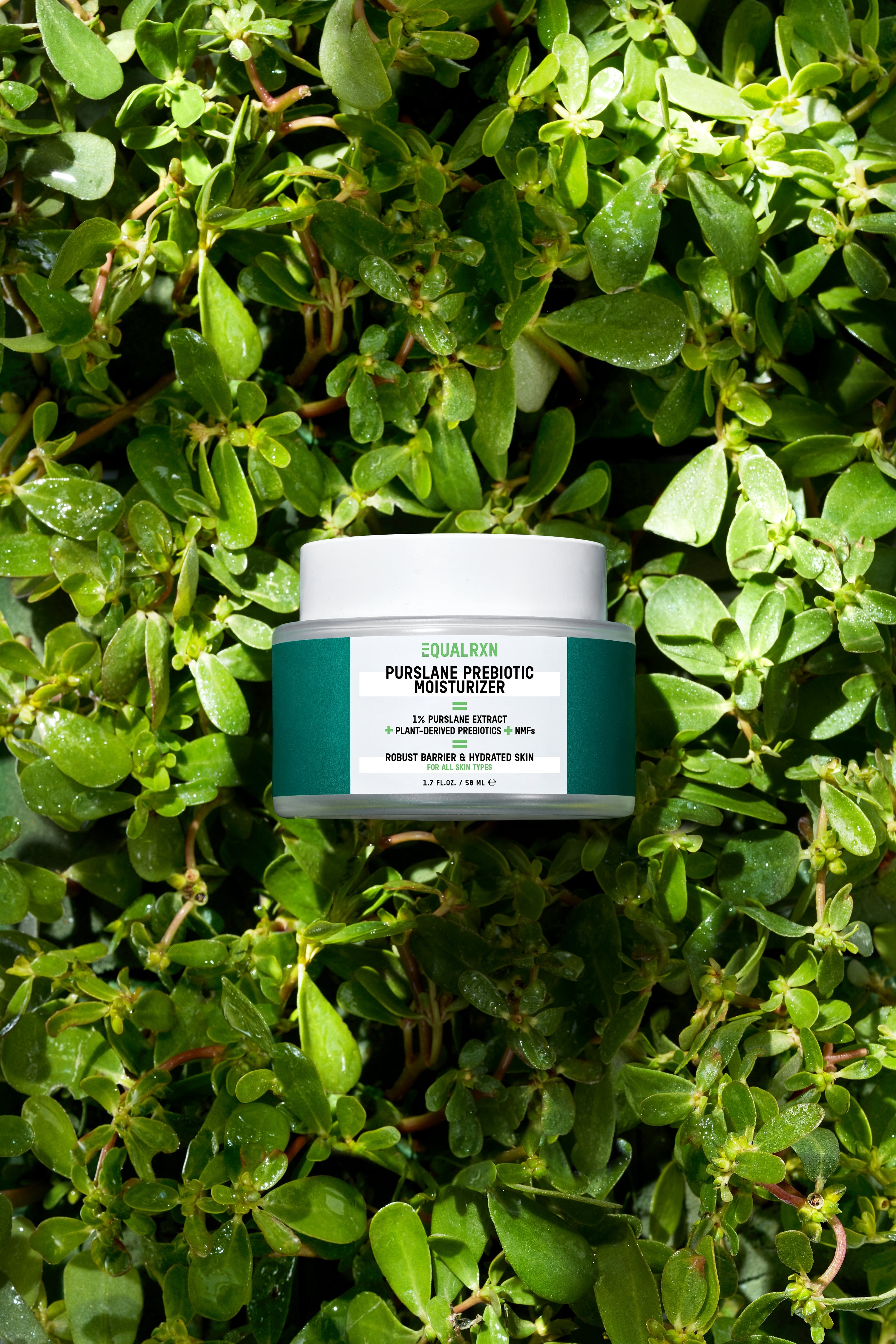
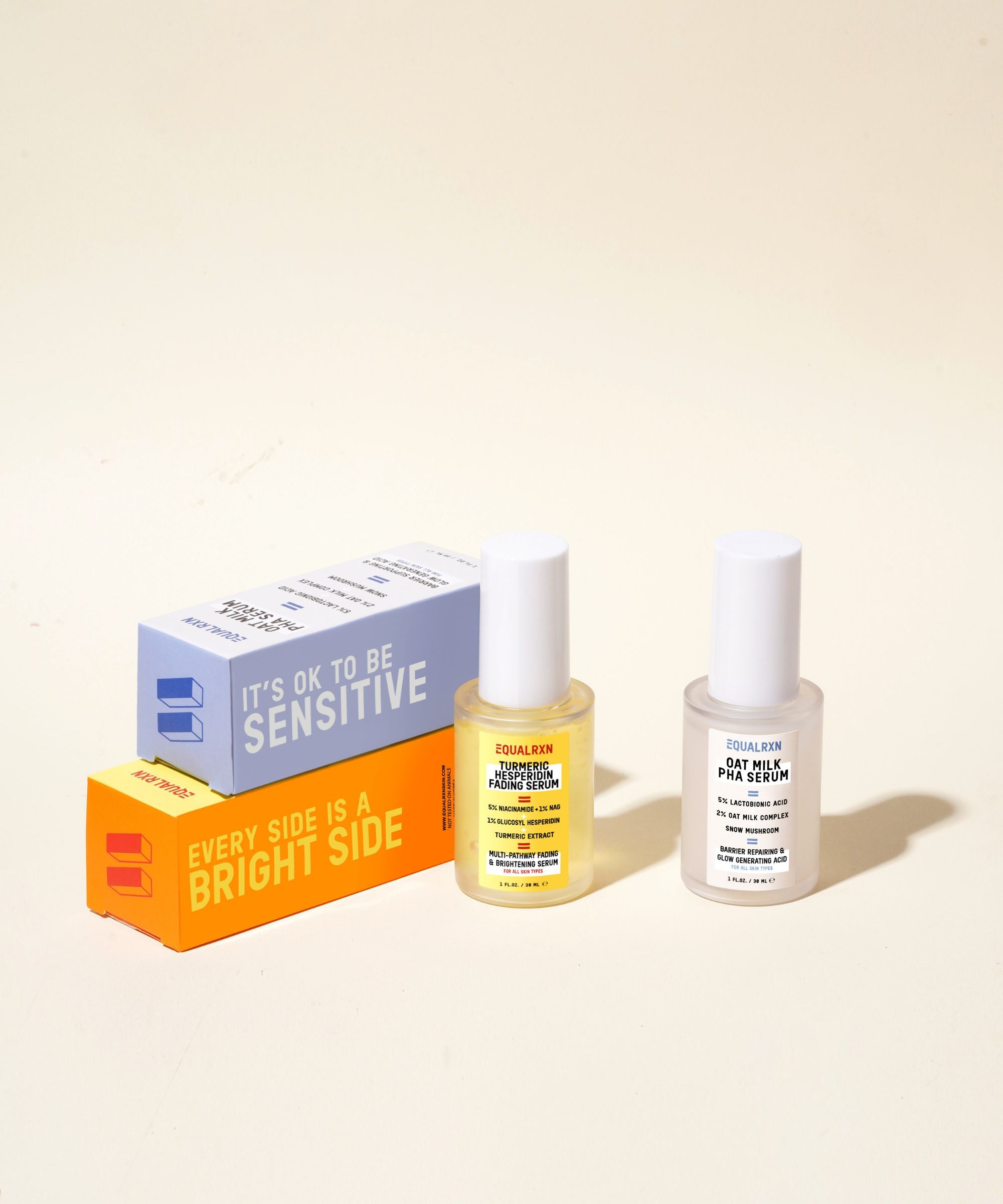
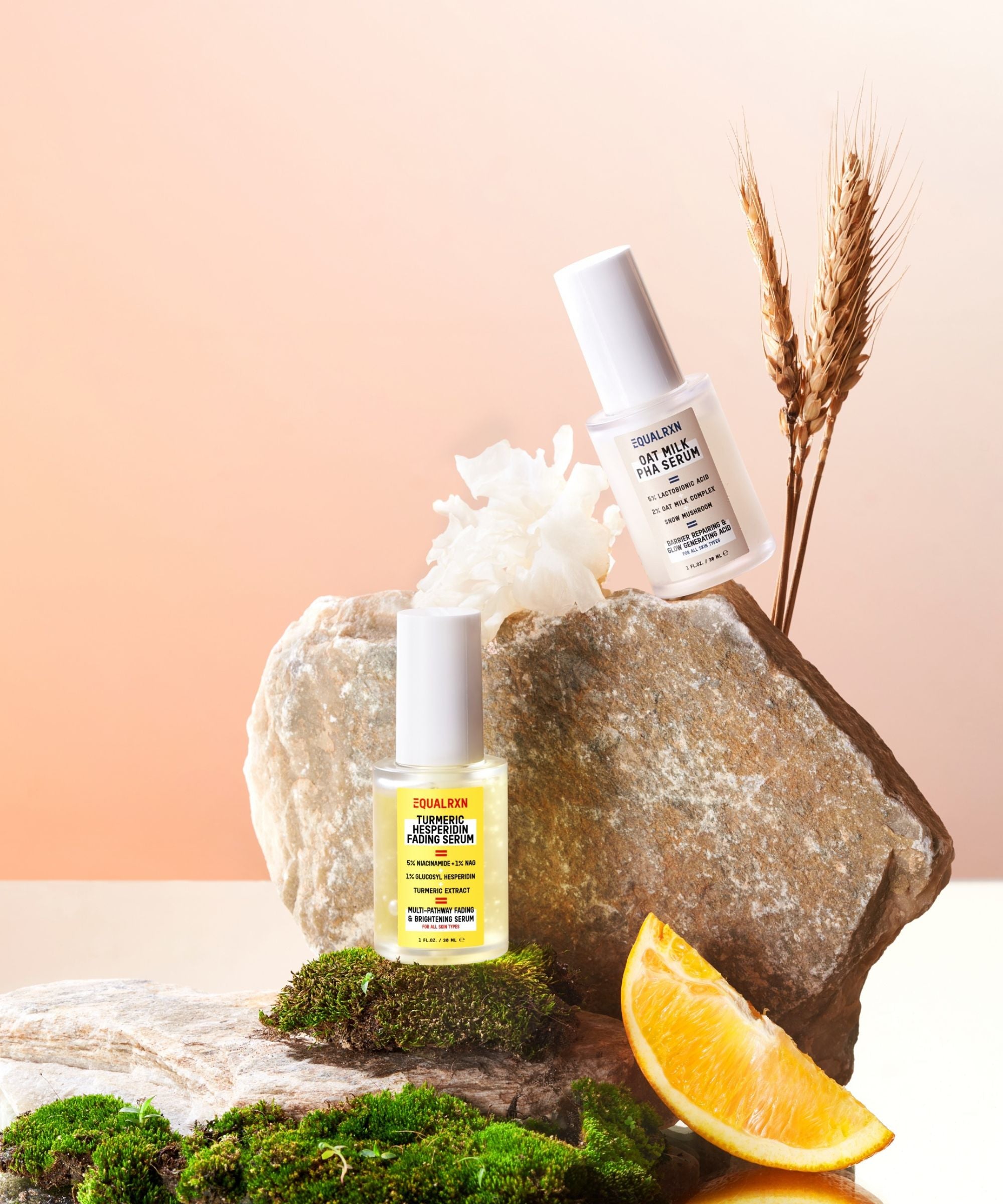
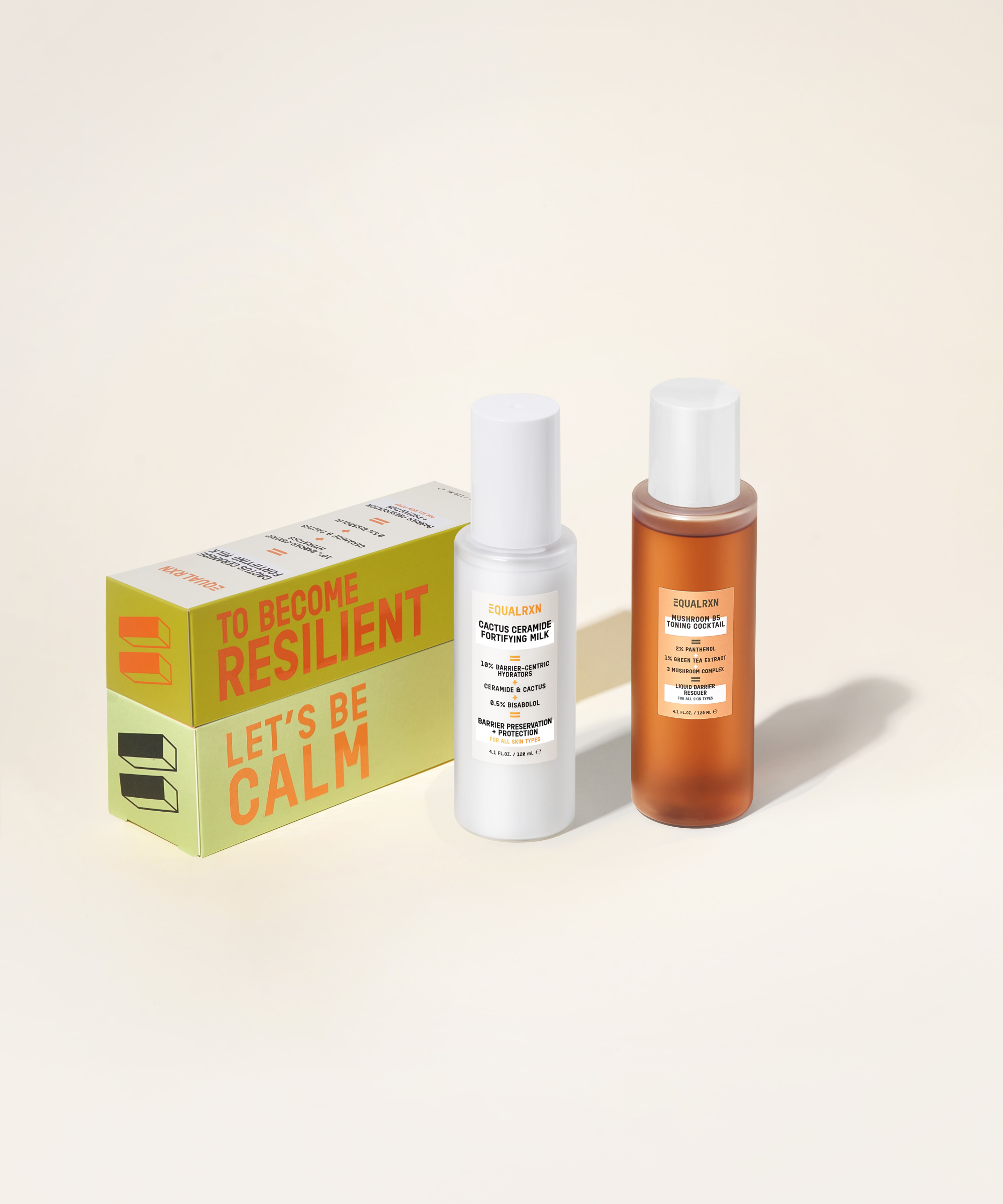
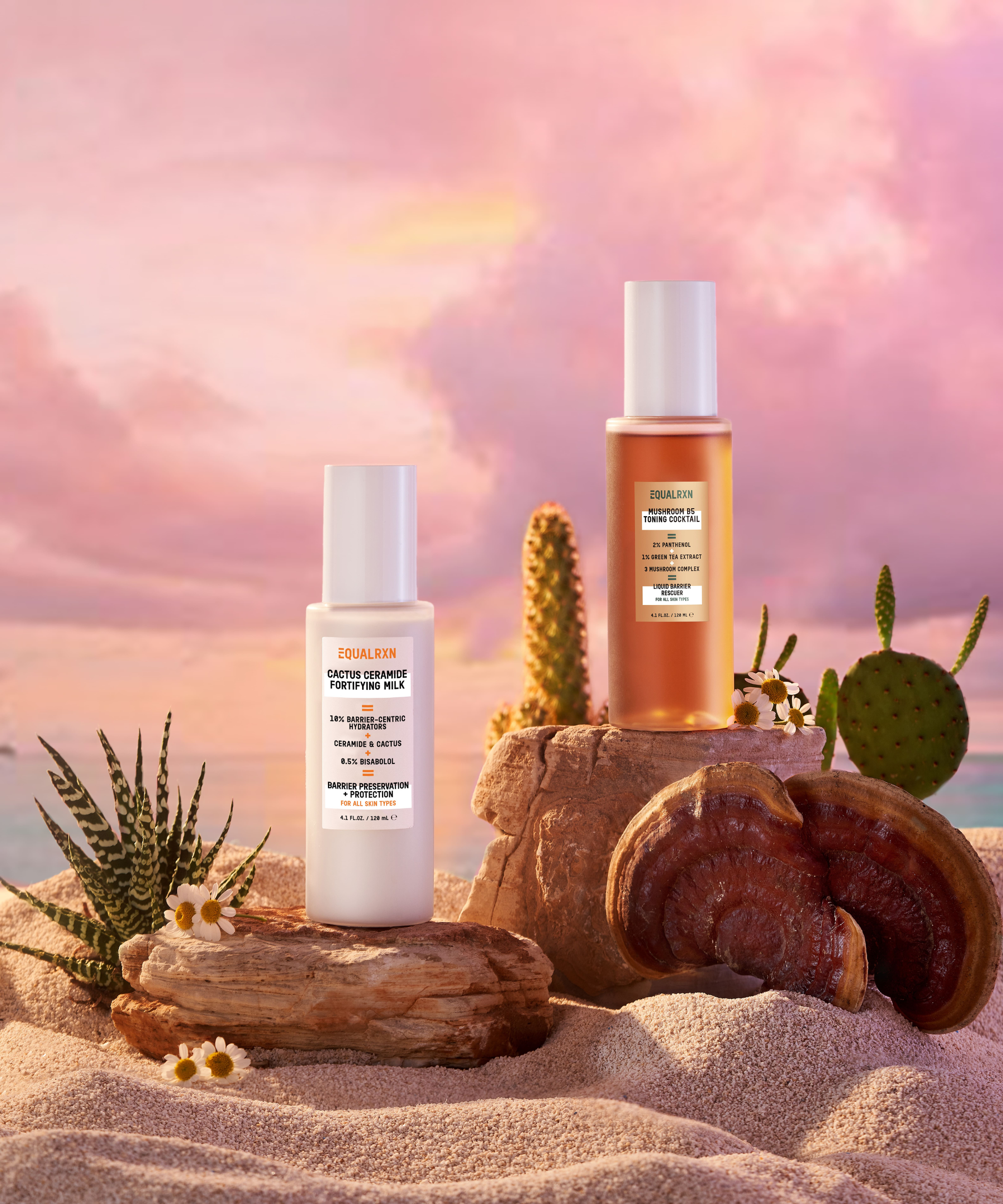

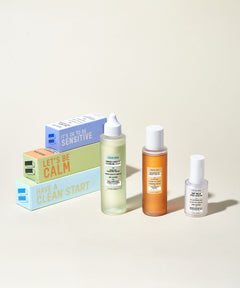
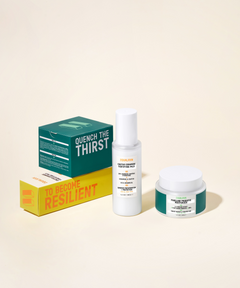
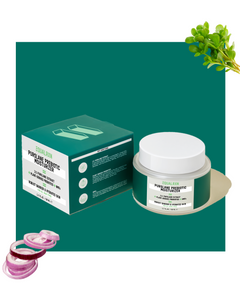
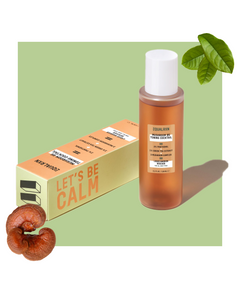



Leave a comment